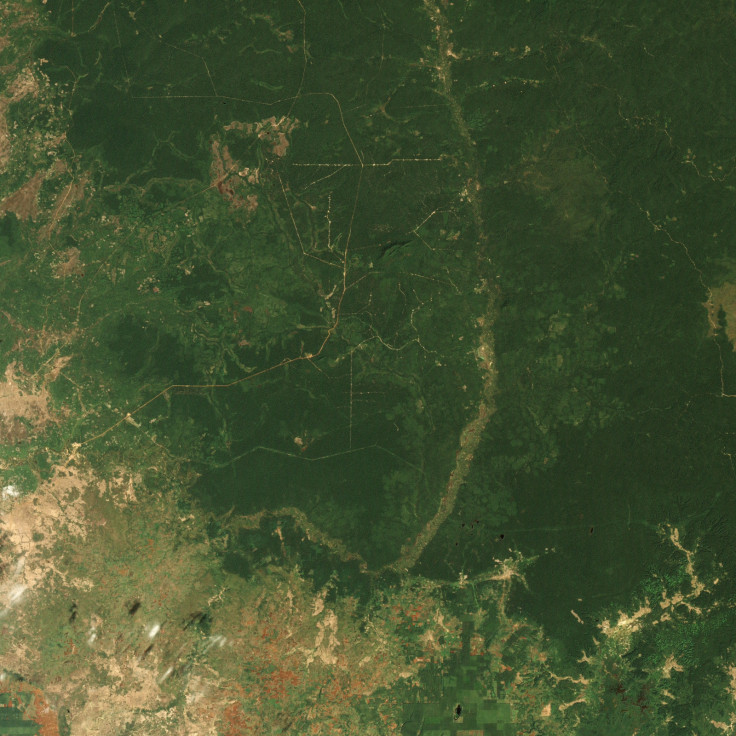Nasa satellites reveal dramatic deforestation in Cambodia in just 15 years
Cambodian forests have been cut down to make way for rubber plantations and fields.
Images captured by Nasa satellites have revealed dramatic forest losses in Cambodia since the turn of the century. The country is considered to have one of the fastest rates of deforestation in the world.
The growing rubber and timber industries in the country have indeed made it necessary to clear densely forested landscape to make space for plantations. However, even trees in protected areas have been cut down in the process.
Researchers at the University of Maryland and the World Resources Institute's global Forest Watch decided to estimate the extent of the damage to forest land in Cambodia, using Nasa Landsat satellites' data.
Comparing images from 2000-2001 and 2014-2015, they found that the annual forest loss rate in Cambodia over this period increased by 14.4% – a loss greater than Sierra Leone (12.6%) or Madagascar (8.3%). In total, Cambodia lost 1.44 million hectares of forest since the beginning of the 21st century.
Although other countries lost more acres in recent years, Cambodia still has one of the fastest destruction of forested areas in the world.
What do the images show?
Providing the longest continuous space-based record of the planet's landscapes, the Landsat images can reveal a lot of information about how forested areas are faring over time.

The first image the scientists looked at was taken by Landsat 7's Enhanced Thematic Mapper Plus on 31 December 2000. It shows that forests near the border of the Kampong Thom and Kampong Cham provinces, two of the largest provinces in the country, were intact at the time.
The second image, taken on 30 October 2015 by Landsat 8 suggests that much of the forest that existed 15 years ago has been replaced by a grid-like pattern of roads and fields and by large-scale rubber plantations. At the edges of densely forested areas, exposed soils, croplands, and mixed forests can now be seen.

Why has deforestation accelerated?
Economic development and the growth of the timber and rubber planations have been associated with this dramatic forest loss.
For instance, previous studies have shown that increases in global demand for rubber have led to the industry's growth. This has had a significant impact in triggering deforestation and accelerating the rate of forest loss over the year.

Concession lands leased by the Cambodian government to domestic and foreign investors for agriculture and timber production have further intensified this trend. This is particularly worrying since the rate of deforestation is between 29 and 105% higher on concessions compared with other land.
It is also believed that important forested areas have been destroyed by the development of agro-industries, illegal logging, overharvesting and forest fire, although the exact size of forest that disappeared remains uncertain.
© Copyright IBTimes 2024. All rights reserved.






